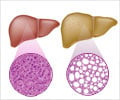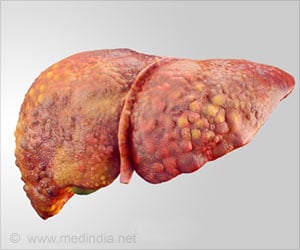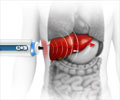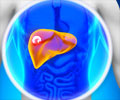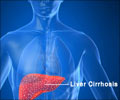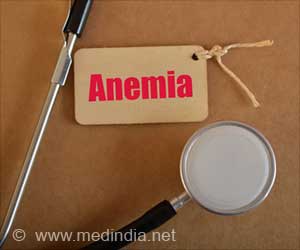Low-birth weight and high-birth weight were both associated with the severity of liver disease, but in different ways
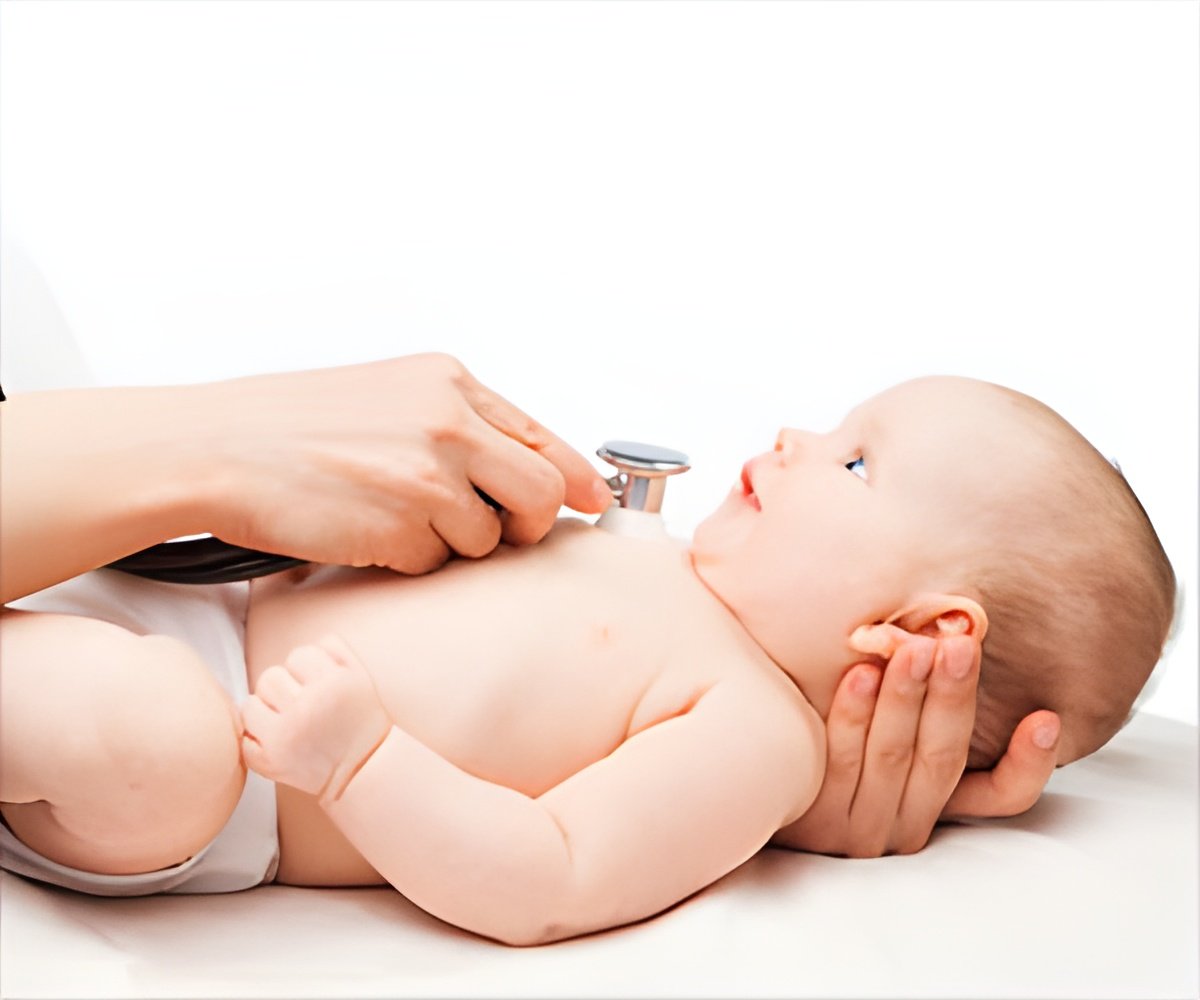
- Low-birth weight and high-birth weight are both associated with the severity of liver disease.
- Children with low-birth weight were more likely to develop severe scarring of the liver.
- Children with high-birth weight were more likely to develop the hepatitis form of fatty liver disease.
"This is the first study to show that extremes of weights on either side of the normal spectrum are connected to an increased risk for NAFLD," said Schwimmer. "Children who are born with low birth weight or high birth weight may merit closer attention to their metabolic health to help prevent obesity, liver disease, and diabetes."
Non Alcoholic Fatty Liver Disease
- NAFLD affects 30 million people in the U.S., almost 10 percent of whom are children.
- It begins with excess fat deposits in the liver.
- As the disease progresses, fibrosis increases, which may become cirrhosis, a permanent form of scarring.
- Cirrhosis can lead to liver failure and need for transplantation.
Birth Weight Has an Impact on Risk of Fatty Liver Disease in Children
Information was obtained from more than 530 children under the age of 21 who were enrolled in the Database of the National Institute of Diabetes and Kidney Diseases NASH Clinical Research Network. The children had a diagnosis of NAFLD as confirmed by liver biopsy. The birth weights of the children were collected and compared to the distribution of birth weight categories in the general U.S. population.
"Children with low-birth weight were more likely to develop severe scarring of the liver. However, children with high-birth weight were more likely to develop the hepatitis form of fatty liver disease."
Reference
- Jeffrey Schwimmer et al., Birth weight is risk factor for fatty liver disease in children, Journal of Pediatrics (2017).
Source-Medindia

